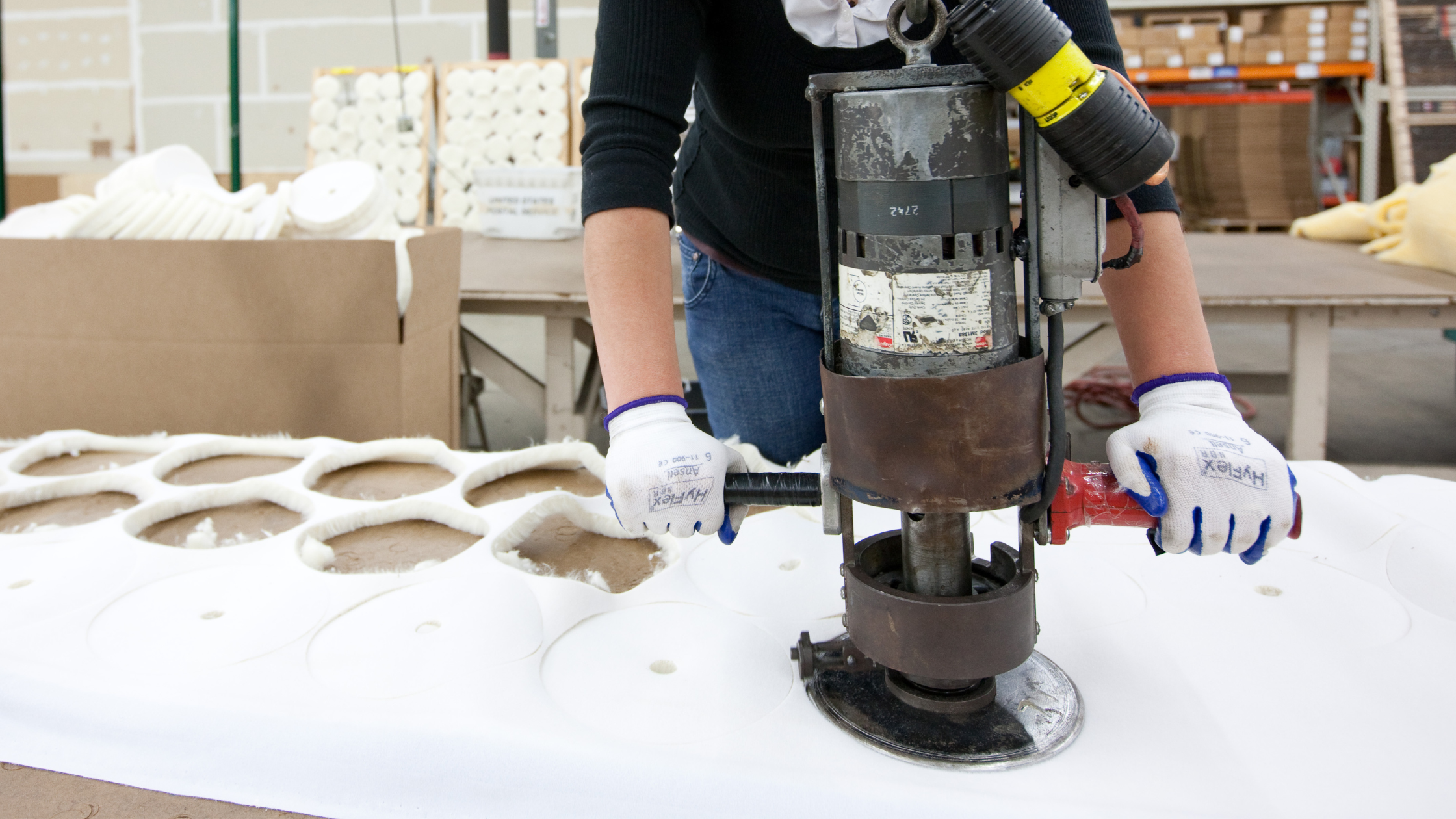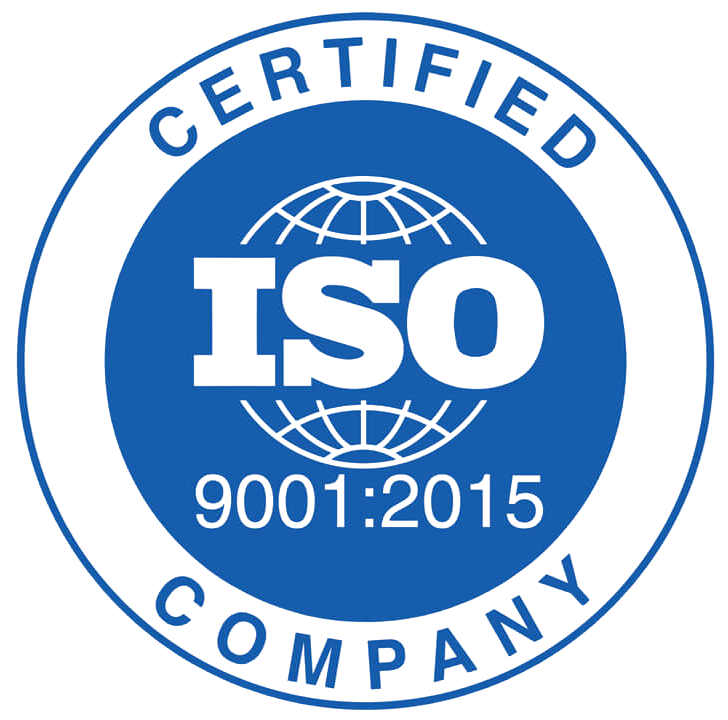
With new tariffs on the horizon, businesses are bracing for disruptions in their supply chains. Many companies already struggle with material shortages and accelerated turnaround times. The just-in-time model is now being tested like never before, with some businesses scrambling to complete projects in just days.
This is where subcontracting will play a vital role. Many companies are not set up for subcontract packaging and lack the knowledge or infrastructure to implement it. When faced with unexpected supply chain bottlenecks, businesses need solutions that provide flexibility, efficiency, and scalability. Subcontracting allows companies to offload production, assembly, or packaging without overburdening their own workforce. Instead of pulling in office staff to meet deadlines or paying excessive overtime, businesses can leverage subcontractors who specialize in rapid, high-volume fulfillment.
For some, this means integrating subcontractors into their supply chain management systems, such as SAP, to maintain real-time inventory control. Others might take a simpler approach, transporting goods manually for outsourced processing. Either way, subcontracting helps companies avoid production slowdowns and maintain customer commitments despite external economic pressures.
As tariffs drive businesses to rethink their operations, those who embrace subcontracting will be better positioned to adapt quickly and stay competitive. The key is knowing where to turn for help before the pressure mounts, and Chryspac is here to help you.

